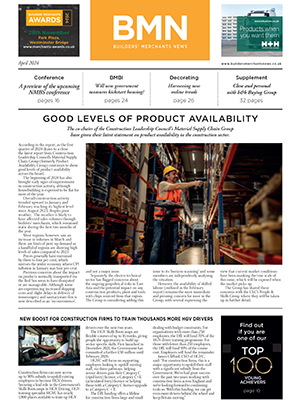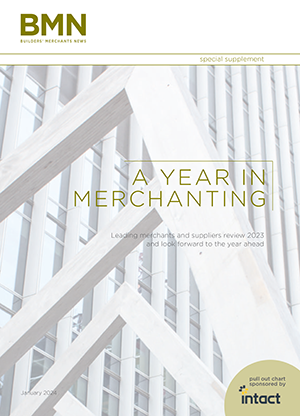LONDON: Industry economists are challenging the latest government output figures for construction, the Construction Enquirer website reported today.
Skyrocketing construction output figures that have recorded growth of 13.5% in the last two quarters appear way out of step with what is actually happening on the ground.
The growth spurt in construction has fed into the UK's overall GDP figures and helped to deliver higher than expected growth, now being seized on by government as evidence of a strengthening recovery.
According to yesterday's new preliminary Office of National Statistics figures, construction output rose 4% in the last three months to September.
The remarkably high growth figure was down from a 9.5% growth spurt in the previous quarter, but has raised concerns about the accuracy of official statistics.
Noble Francis, economist at the Construction Products Association, said: "These figures are really surprising and do not reflect what is really going on. We are almost getting back what was lost during the recession in the second quarter growth figure alone and this is patently not the case."
He said the ONS figures are clearly out of step with the industry's own trade surveys. Even the lower growth figure for July-September sees construction stand out as the fastest growing industry sector by a long way, contributing 0.2% to a 0.8% rise in overall GDP.
The spectacular two quarters of growth have seen construction, at least officially, enjoy record-breaking 11% growth on a 12-month rolling basis since September 2009.
Brian Green, construction economic commentator at Brickonomics, said: "There is a huge amount of scepticism among construction economists about Government growth figures.
"There are many question marks about the series of numbers introduced this year and how well they marry with previous figures."
He said: "To put the latest numbers for construction output into context, we should be enjoying the same level of activity the industry experienced in 2007 when there were question marks over whether there was enough industry capacity to handle demand. This is clearly not where we are today."






